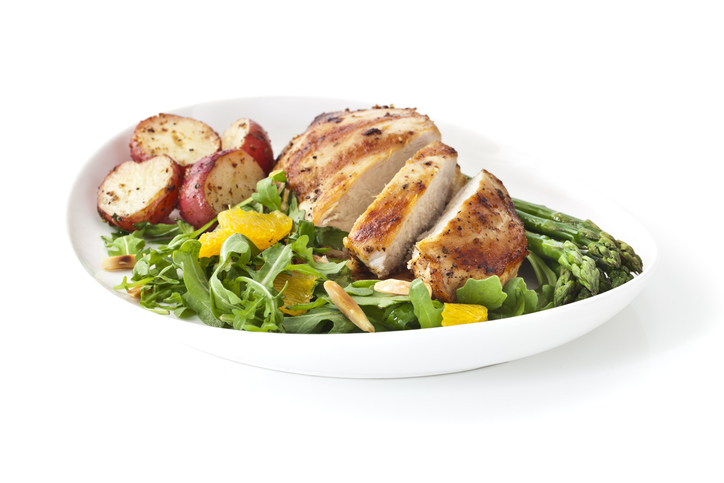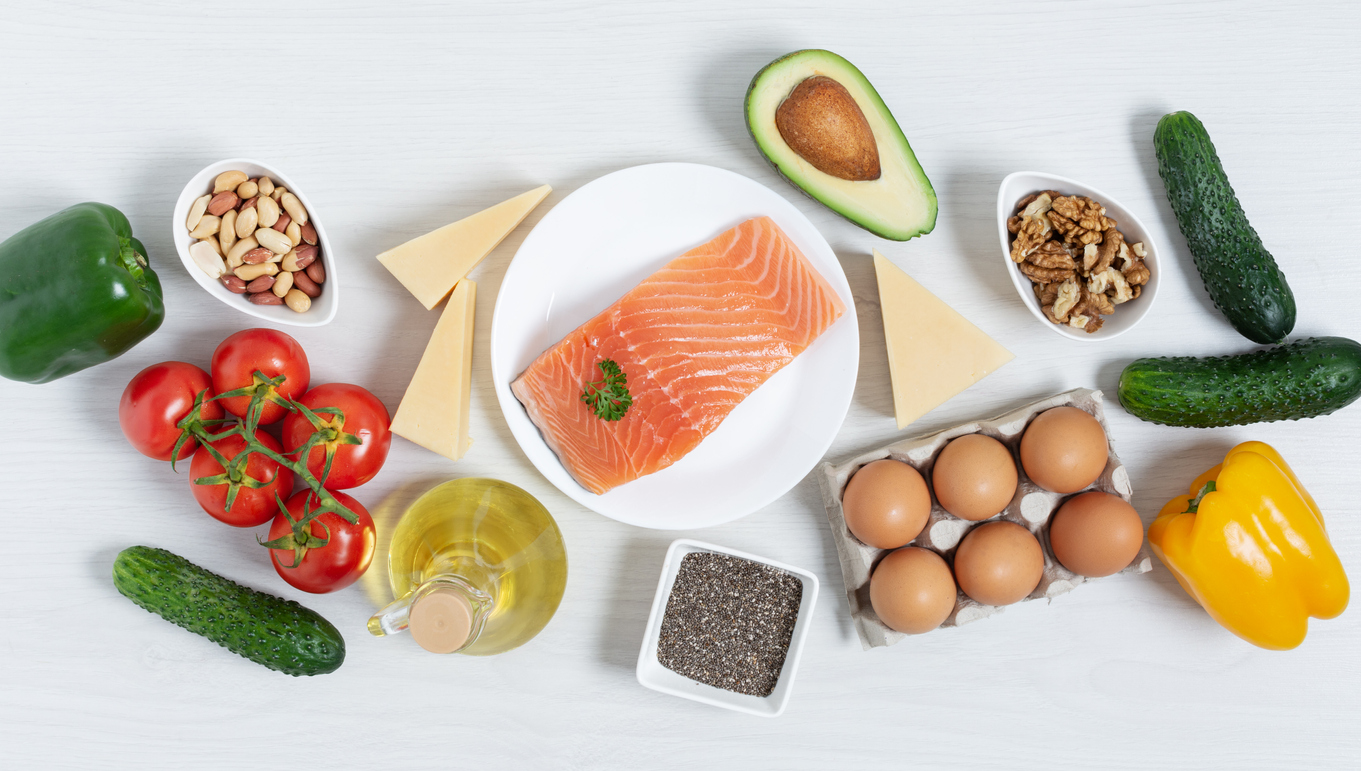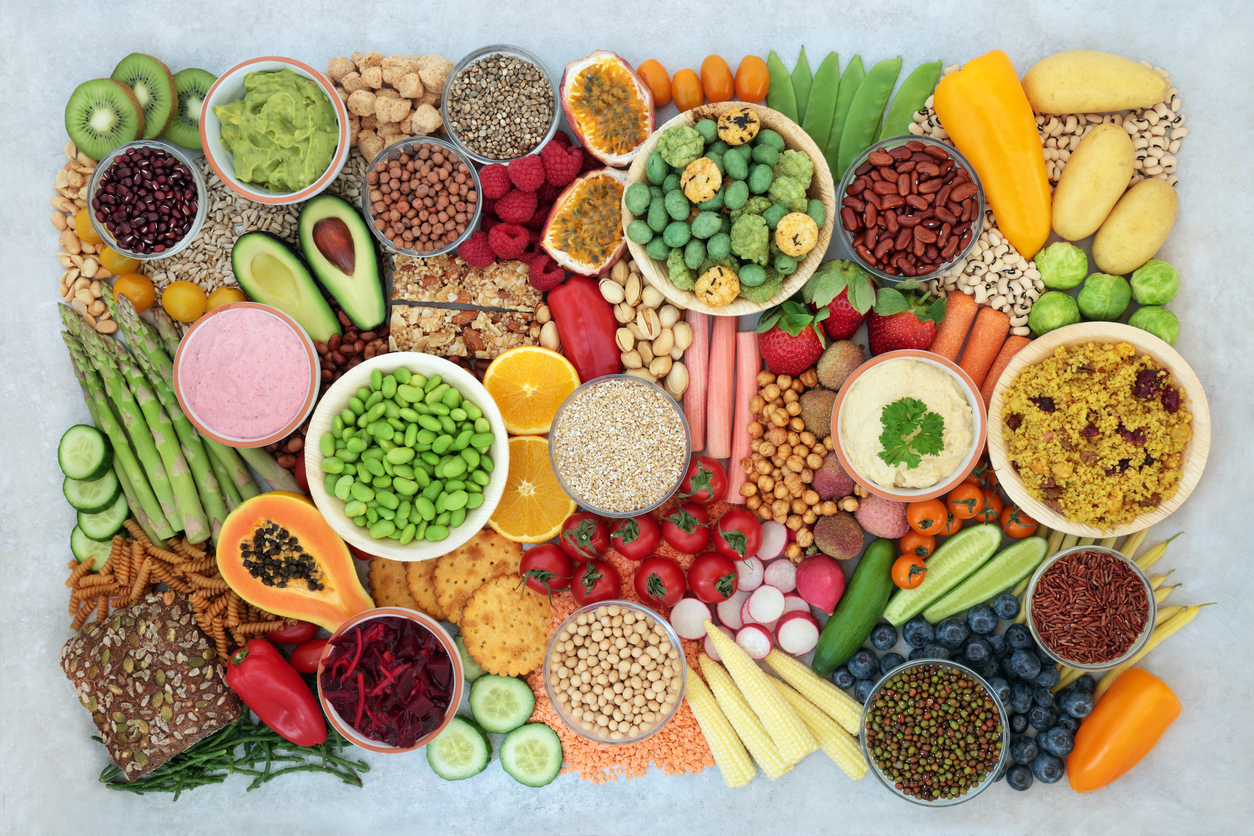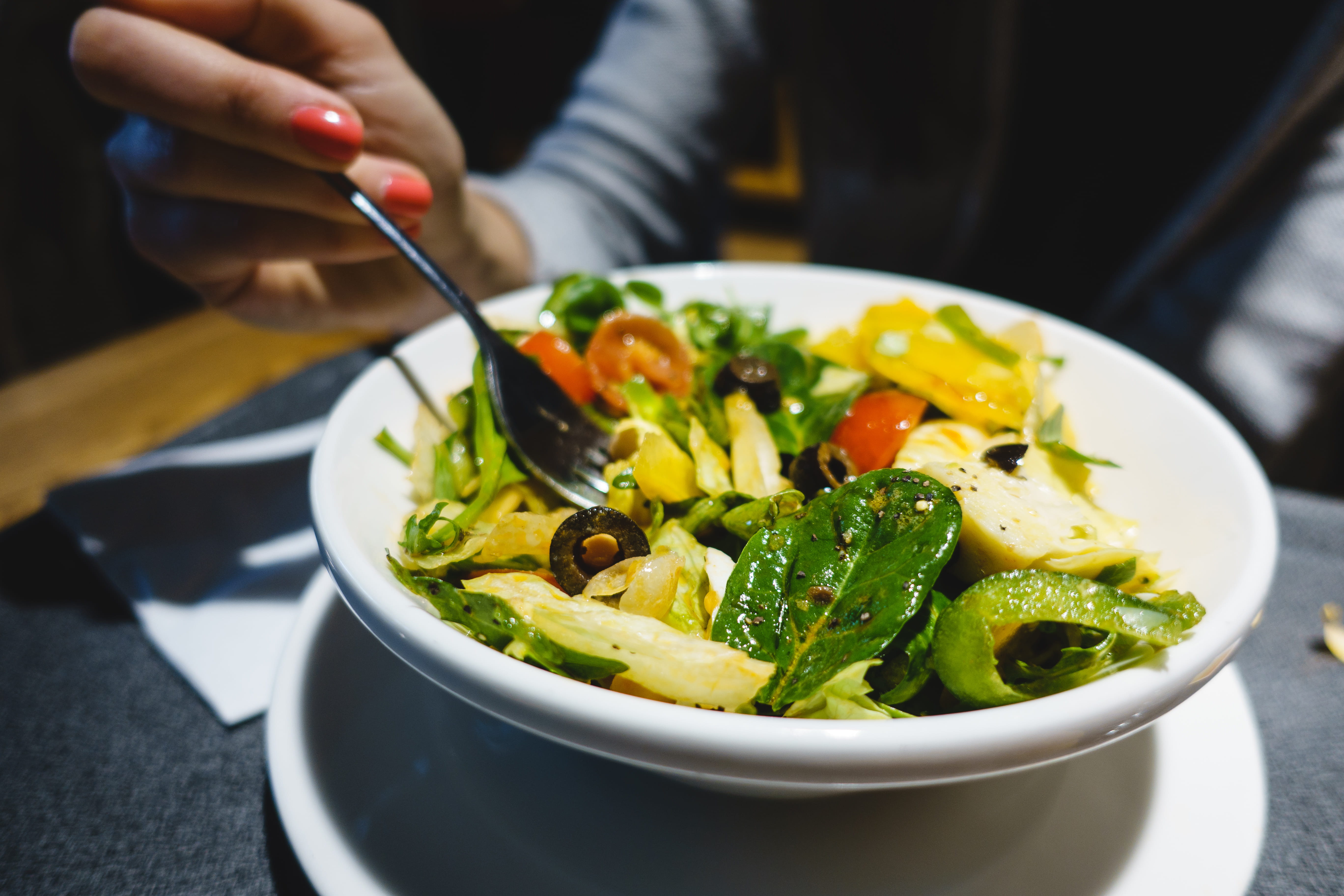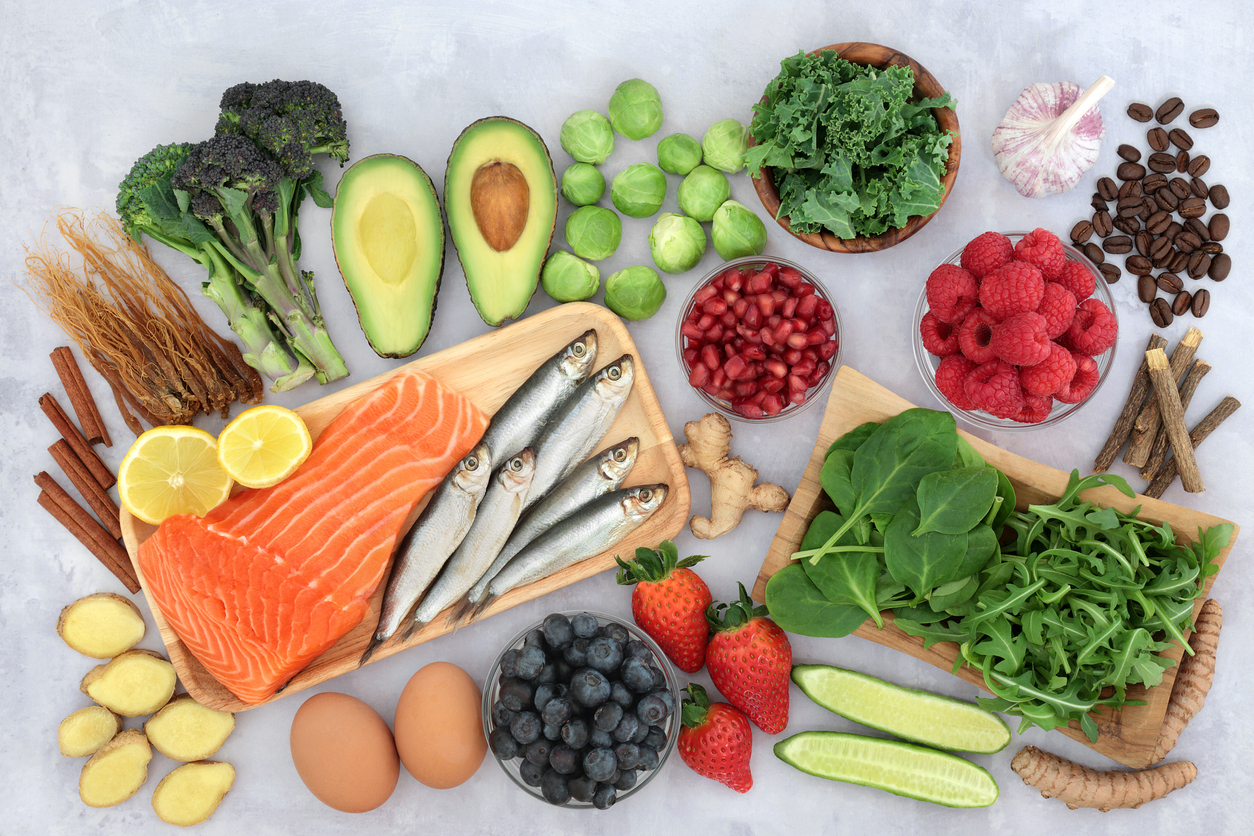Wellness
Tips for Healthy Eating on a Budget
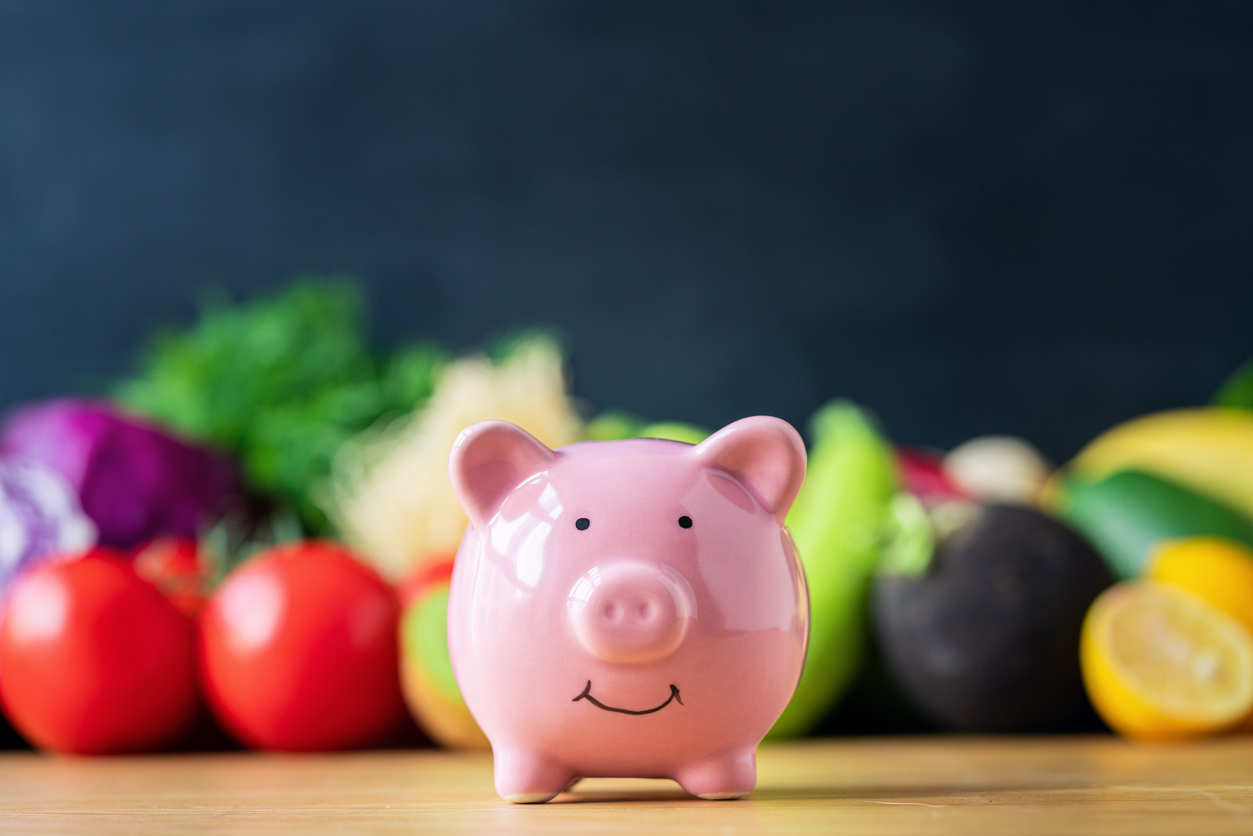
Consuming a well-balanced diet is essential for wellbeing. Healthy meals consist of fruits, vegetables, whole grains, healthy oils, and protein. Eating healthy can be challenging and expensive. However, there are numerous tips for eating nutritious foods while on a budget.
Cook at home
Prepare your meal at home to eat healthier and save money. Dining out or buying fast food is convenient; however, it can be costly and unhealthy. Utilizing the weekend to cook for the week can help you stick with home cooked meals. Cooking at home also ensures that the ingredients used are healthy.
Plan ahead
Plan a weekly menu by choosing recipes that have healthy ingredients in common. This is less expensive than dishes with a wide variety of unusual ingredients, which often goes to waste. Incorporate items already on hand into your weekly meal plan. Planning meals that allow for leftovers can also help save money and time.
Stick to the list
Make a grocery list and be sure to stick to it. This saves time and money, while avoiding impulse buying. Arrange the list with similar items together. Staying focused on your list also prevents temptations that may occur while searching for ingredients.
Use coupons
Clip coupons to save money on your grocery purchases. Coupons work best in conjunction with a grocery list. This prevents buying an item just because you have a coupon. Online coupons are also beneficial.
Compare prices
To reduce costs, choose items that are on sale or select the store-brand version instead of the name-brand. When container sizes are different, checking the unit price is beneficial. The unit price is the price for a specific quantity of a food, regardless of the container size. As long as a larger container of an item will not go to waste, it may be more economical. Unit prices can identify the best deal that will save money over time.
Shop smart
By shopping smart, fresh produce, proteins, and other healthy foods can be affordable. There are various ways to accomplish this.
- Fruits and vegetables. In-season produce is often less expensive because it is widely available and has lower transportation costs. Canned or frozen fruits and vegetables are also good options. They frequently have the same nutrition value as their fresh counterparts. However, canned or frozen with added salt, sugar, butter or sauces should be avoided.
- Proteins. Plant-based proteins, such as beans, legumes and lentils, are usually less expensive than animal sources of protein. Meats without added flavorings, seasonings and sauces are generally cheaper. Adding seasonings at home is healthier and saves money. Shelf-stable seafood, such as canned tuna and salmon, typically costs less than fresh seafood. However, the cans should be checked for added ingredients that may be unhealthy.
- Grains. Simple oats, rice and pasta are often less expensive than flavored versions. Adding fruit to oatmeal or seasonings to rice at home saves money. Although whole-grain options may be more expensive than processed options, they have significantly more health benefits. Stores may offer sales on whole-grain items or offer reduced prices on certain items, such as “day old” breads.
Grow a garden
Grow herbs, fruits and vegetables at home to save money and have healthy ingredients readily available. Pots on a patio or porch provide easy accessibility to healthy foods. This saves time and money at the grocery store.
Additional source: My Plate: U.S. Department of Agriculture


